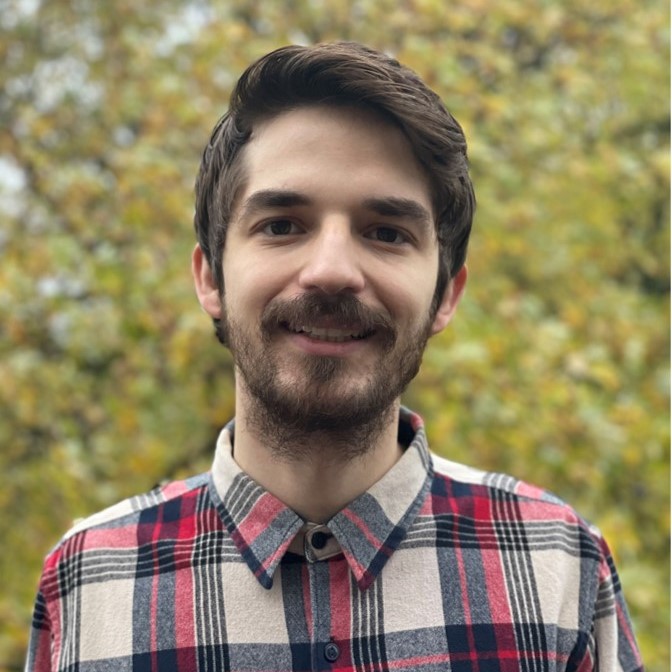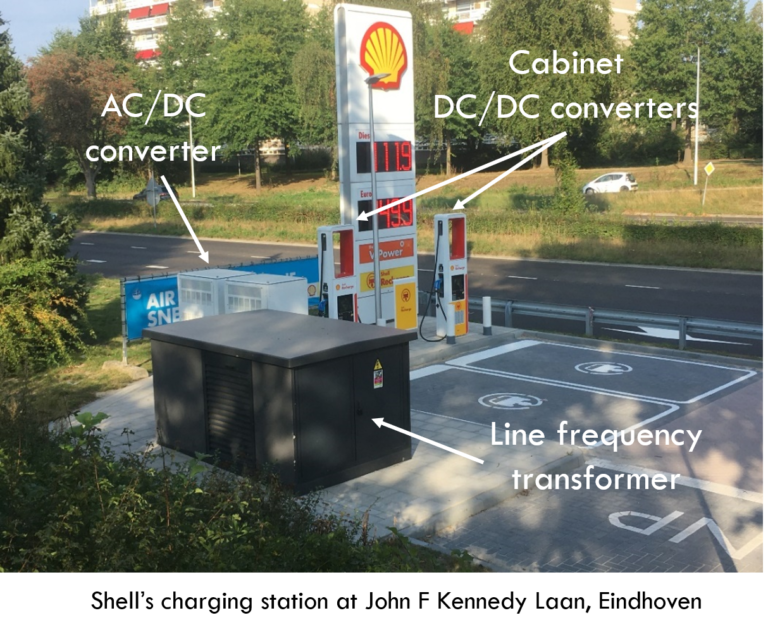PhD Candidate
Ygor Pereira Marca
- Eindhoven University of Technology
- y.pereira.marca@tue.nl
- Work package 5: Medium-voltage fast charging
- Ultra-fast chargers



My research area is based on power electronic converters. To be more specific, I am working with the development of ultrafast chargers for large electric transport that requires high amounts of energy in a short amount of time. Normally, these transports need high-power chargers greater than 500kW, necessitating a connection to the medium voltage electricity grid. The current state of the art makes use of a 50Hz distribution transformer for the conversion of the voltage to a lower voltage and isolation purposes. Therefore, the integrated chargers will make use of much smaller high-frequency transformers to achieve the required isolation by connecting the three-phase medium voltage grid to the batteries through bidirectional AC-DC and DC-DC converters. As a result, the charger will be more cost and volume effective. A single ultrafast charger design is not sufficient, as different applications require different power levels, and because the range of medium voltage levels in the Netherlands lies between 10kV to 25kV. Therefore, a new bidirectional modular multilevel converter application is being investigated to accommodate different voltage and power ranges. Additionally, ultrafast chargers introduce opportunities for grid support in terms of stability, frequency, voltage, balance, and harmonic correction, so they can be employed as a sensor for data analysis of grid parameters, such as power usage, power quality, stability, voltage, but also an online state of health estimation of the grid.

The development of a medium-voltage high-power bidirectional charger is the goal of work package 5. Therefore, it would be nice to exchange some research ideas with the DC electric grid, electric mobility, demand and storage, and smart hubs. I am curious to see their research outputs because of my research interests. Furthermore, it will be necessary to work close with regulation and standardization, since their inputs are decisive to make the ultra-fast successful in real-life without any regulatory barriers. Finally, I think it will be important to give some inputs and have some feedback from the integral model, which will enable the interdisciplinary cooperation between all work packages.